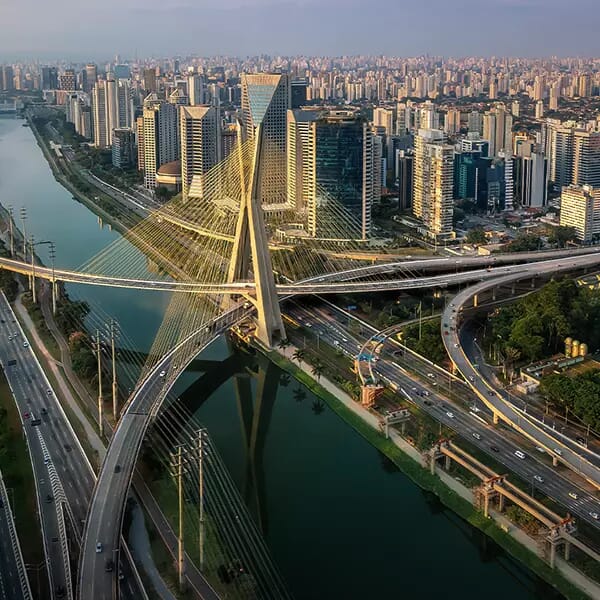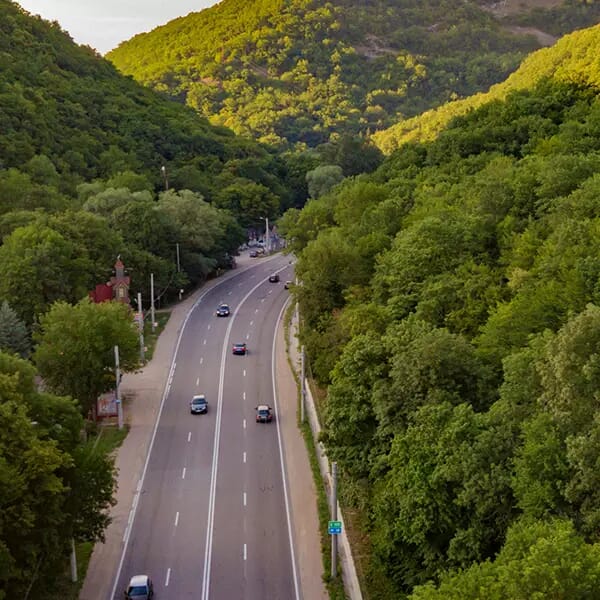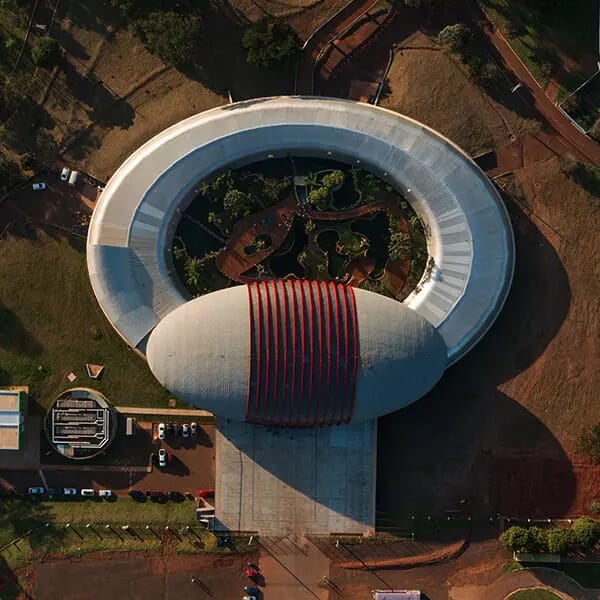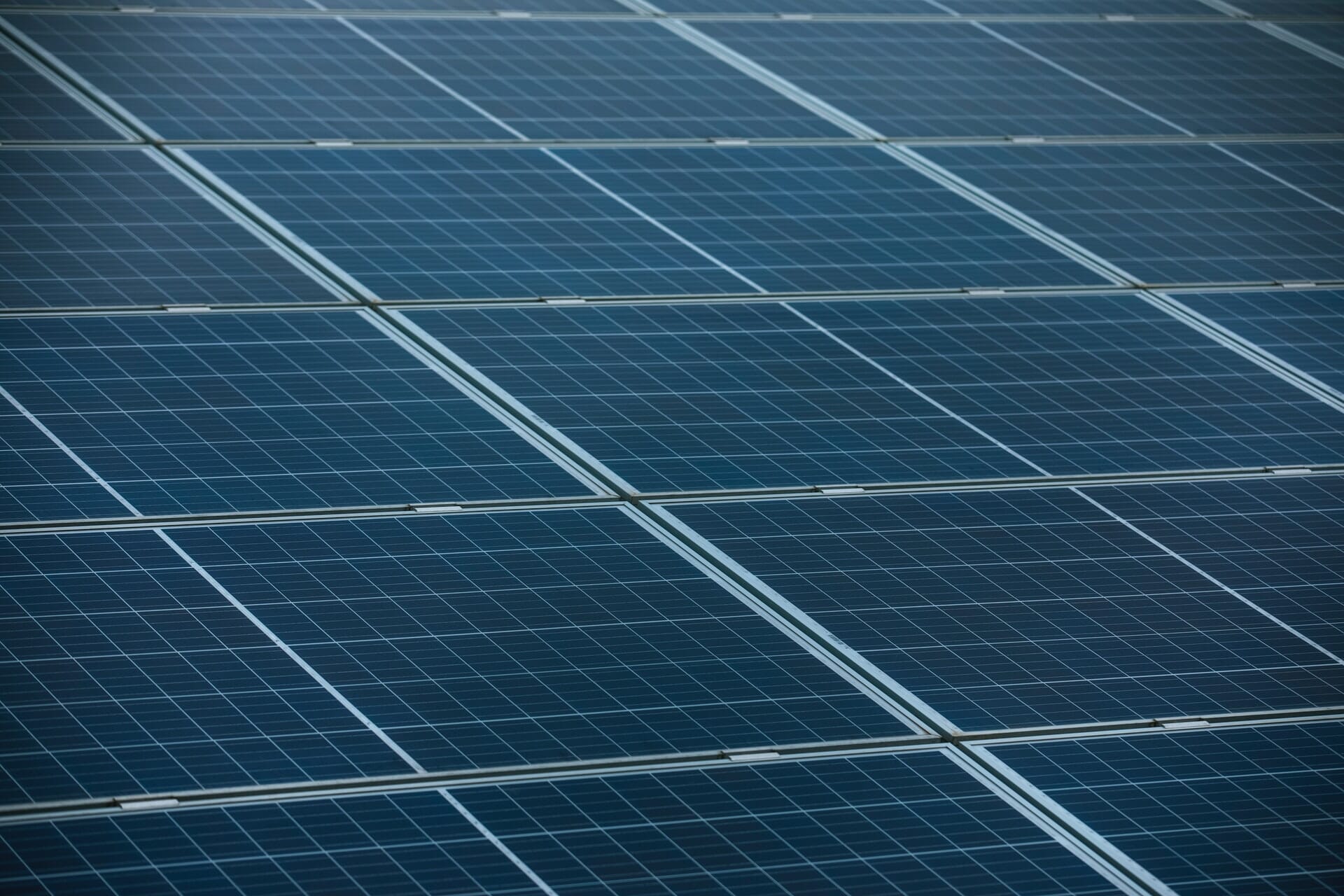 Markus Spiske
Markus Spiske India Infrastructure Leaders React to the Challenges of Embracing Renewables
Gri Club India Infrastructure
The global fight against reducing carbon emissions is nearly impossible to win without adequate investments in renewables. With this regard, the US Senate has recently passed a $430 billion climate change, tax and drug pricing bill that will encourage electric vehicles’ production and foster clean energy to lower global warming emissions. India is also committed to targets of meeting 50% of electricity requirements through renewable sources by 2030. Apparently, matching existing and new sets of investments available will be key in achieving this target.
The GRI Club India gathered leading infrastructure investors, asset owners, lenders and developers in July 2022, to have a closer look at the challenges of embracing renewables. The special session was moderated by Kuljit Singh (Partner, Transaction Advisory Services, EY). Senior members explored the pace of clean energy transition, the capacity expansion plans, the challenges of energy security risks, the impact of increase in commodity prices, and the potential trade-offs between affordability, security and sustainability.
GRI Club Meeting on Renewables took place on August 3rd, Le Méridien, New Delhi, India
Session Highlights
-
New government initiatives are essential to provide access to corporate sectors (such as GOAR, GNA and green hydrogen incentives) and create better opportunities to foster sustainable wealth. But how states support central government initiatives remains to be seen. Additionally, local implementation needs a push at the state level.
- A large number of changes in government policies affect utility and C&I projects.
- Great Indian Bustard issue. There is a fear that renewable energy can lead to GIB’s extinction as several birds die each year due to collision with power lines, but mitigating the impact on the industry is crucial as the costs of bringing power lines underground is very high.
- Tariffs and procurement of modules (such as ALMM, GST, BCD, etc) should be recalibrated coinciding with global inflation, currency depreciation and increase in commodity prices, and Indian modules being exported. Many bid out projects are getting delayed as cash flows are still in survival mode.
- Reverse auctions need to be reconsidered as these are leading to unsustainable low tariffs
- Projects for Virtual Power Purchase agreement on the basis of contracts for differences should be encouraged as that will lead to renewable power not being constrained by the availability of long distance transmission.
-
Tightening DSM penalties on RE will only grow challenges for renewable developers. Renewable energy generation is of intermittent nature and represents adverse impacts on the stability of the grid when compared to conventional energy sources. But certain recurring adverse weather conditions such as monsoon season or winter fog periods, make it difficult for renewable energy projects to accurately forecast their generation.
- When it comes to steps to develop markets, members firstly mentioned the need for long term visibility of the bidding pipeline, as this will give sufficient time for the market participants to plan. Other crucial steps include:
- Plans for more RTC and peak power tenders and encouraging long duration storage.
- Clarity on decommissioning of thermal power projects (CEA report on 30,000 MW thermal power decommissioning) – to enable better planning for bidders/govt.
- Plans to increase capital flow to the industry – especially Rupee flows.
-
Sustainable Renewables Risk Mitigation Initiative (SRMI). World Bank Group mobilising US$ 850 million of concessional finance (including through guarantee mechanisms) to unlock 8 GW of renewables in over 20 developing countries by 2025 will be key. To complement limited public financing available, developers should also consider the new structures in the market and not be stuck in one kind of investor to unlock private funding.
Conclusion
Carbon emission per capita, as well as average household electricity consumption, is on the lower side in India. But as the world’s third-largest energy consuming country recovers from Covid related events, it is re-entering a very dynamic period in its energy development. Infrastructure leaders will have to blaze a trail as the sheer size of India indicates that the energy demand will only grow in the future, and market pressure coming from government policies is becoming stricter.
The discussion will continue in our next India GRI Infra & Energy 2022 in October 2022 with a focus on bold measures needed towards renewable and cleaner energy in the pathway to Net Zero.
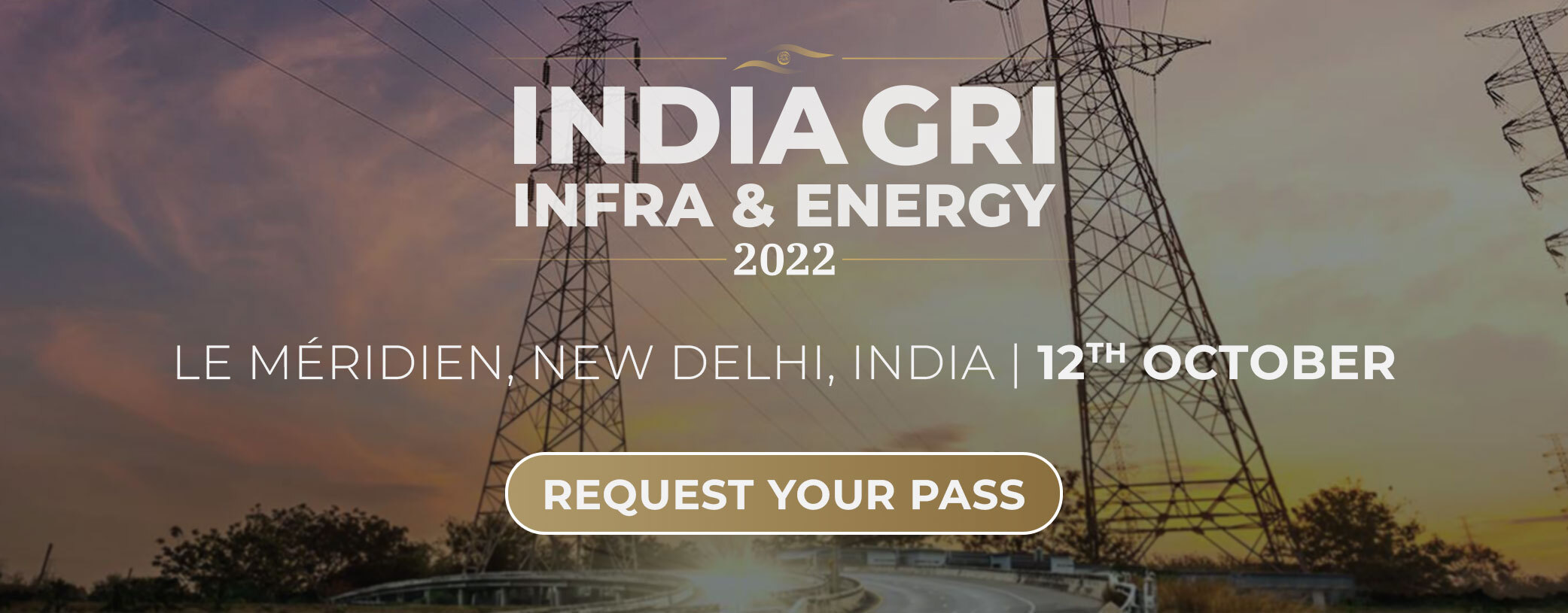
About GRI Club
- Written by Lucas Brancucci ([email protected])
